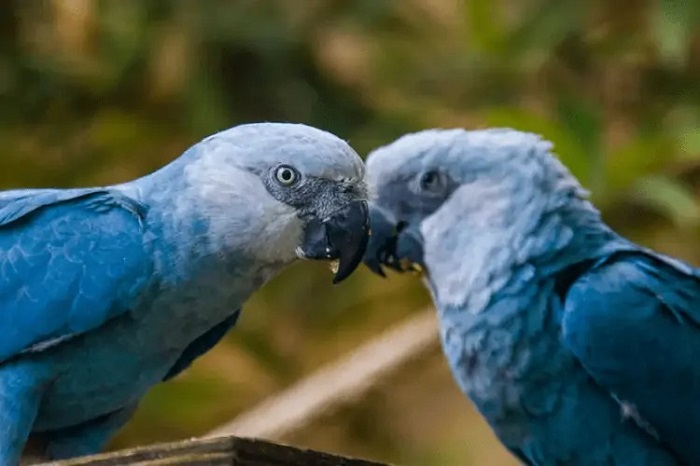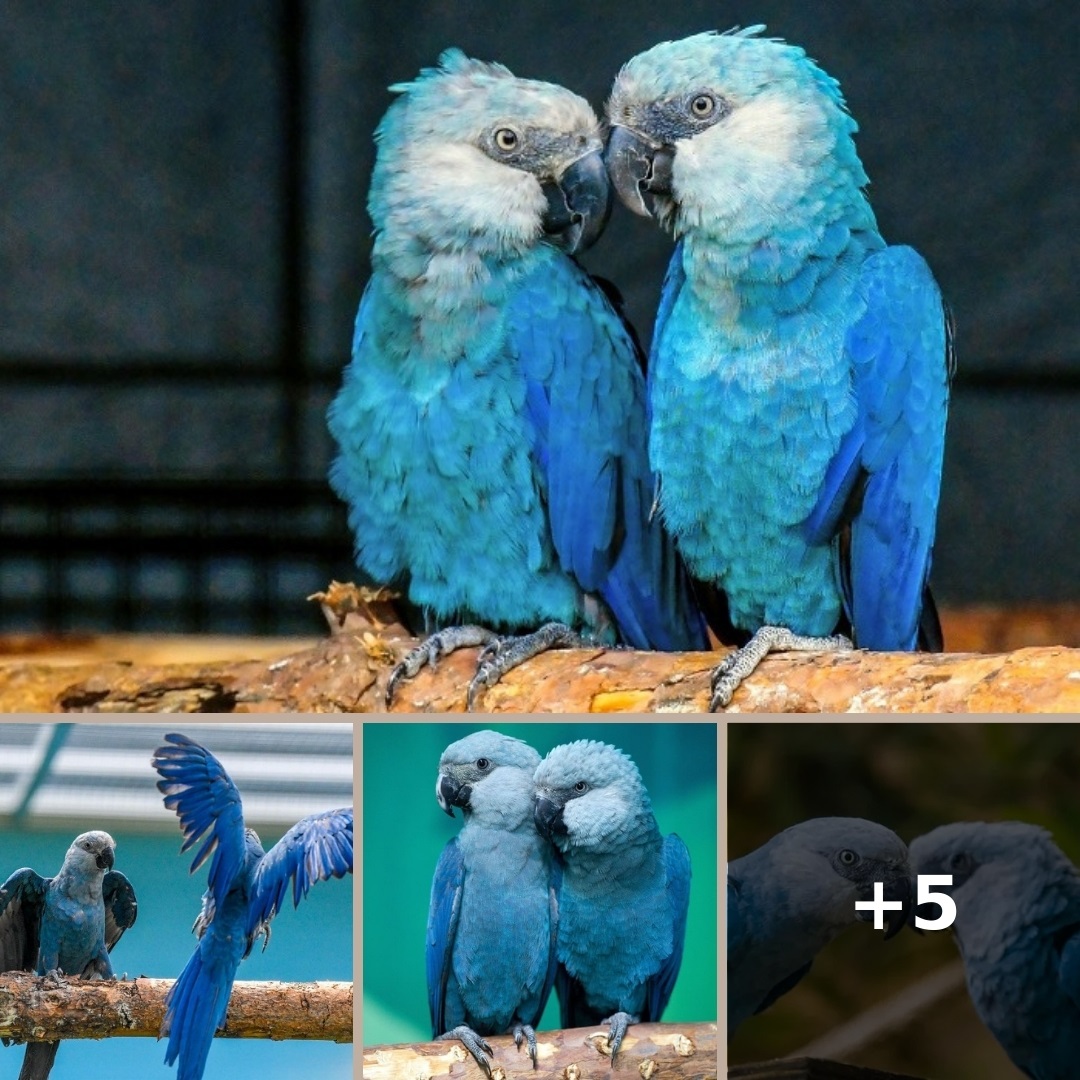Absolutely beautiful birds – The most Beautiful, Spix
Its lovely to reintroduce these animals back into ‘nature’ but just imagine how that habitat has changed, and unfortunately people DO NOT.
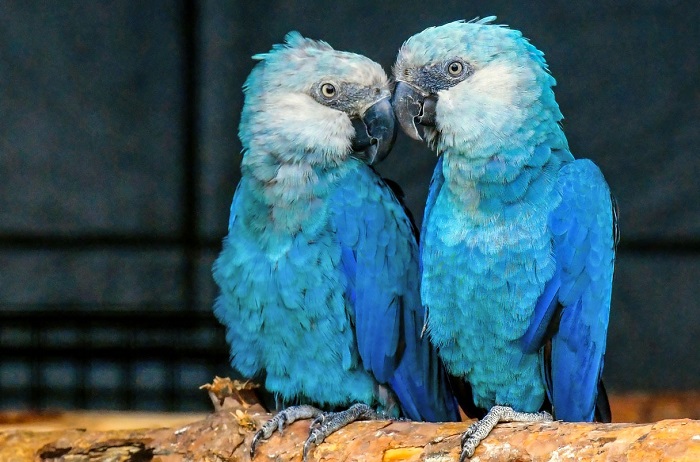
BUT hope this project is wildly successful.
In 1995, conservationists and scientists embarked on a [de.spe.rate] attempt to save the world’s rarest bird, a blue-gray parrot called the Spix’s macaw.
The bird had scarcely been spotted since scientists first described it in the early 19th century, and it had taken on an aura of mystery, making it irresistible to parrot lovers—and to poachers
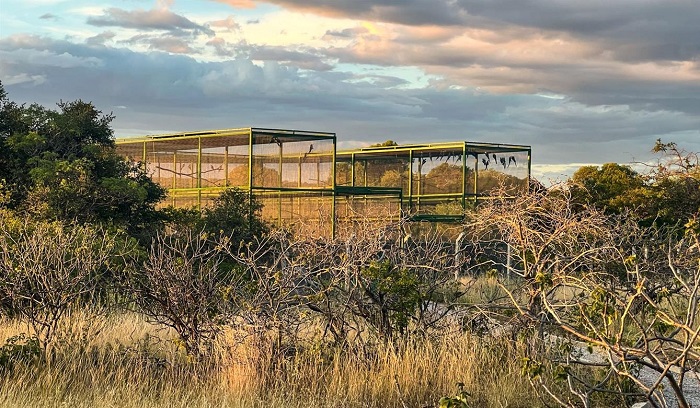
On 11 June, more than a quarter-century after the female flew into oblivion, they plan to release eight Spix’s macaws from captivity into the wild.
Twelve more are supposed to follow at the end of the year and still more in the years to come. If everything goes according to plan, these birds will be the vanguard of a new population of Spix’s macaws in their natural habitat.
The natural home of the Spix’s macaw is in the caatinga, a tropical dry forest in northeastern Brazil that covers 10% of the country.
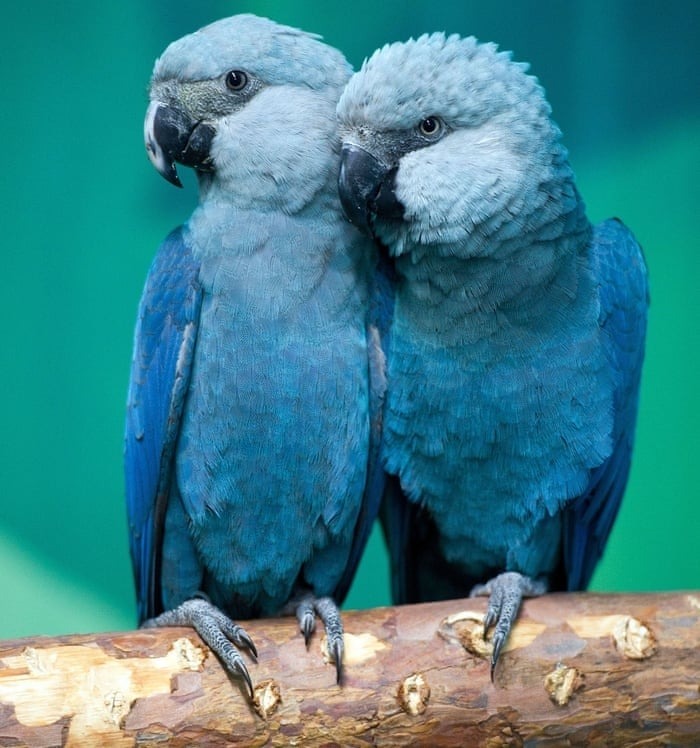
It is here that the Spix’s macaws once nested in the hollows of old caraibeira trees growing along the creeks that cut through the caatinga, feeding on seeds and nuts.
BUT As the human footprint increased in the caatinga, the bird became even rarer.
The team hopes this mixed flock will join up with wild Illiger’s in the caatinga, allowing the Spix’s macaws to benefit from their knowledge of how to avoid [pre.dat.ors], find food, and navigate.
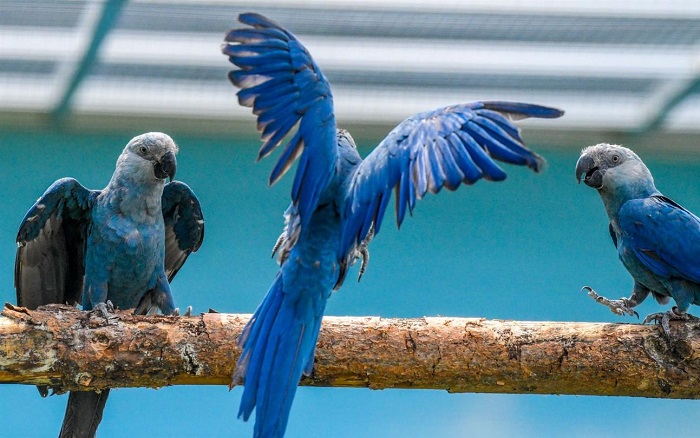
Releasing birds of the right age can help keep them from scattering. Spix’s macaws start to reproduce around age 4 and then tend to return to the same nesting site year after year.
When White and other researchers reviewed 47 releases of [ca.ptive] parrots into the wild, they found that the single biggest [t.hre.at] to success was predation.
To reduce this risk, Purchase put metal bands around trees with nest hollows or nest boxes to keep [pre.dat.ors] like opossums from climbing the trees.
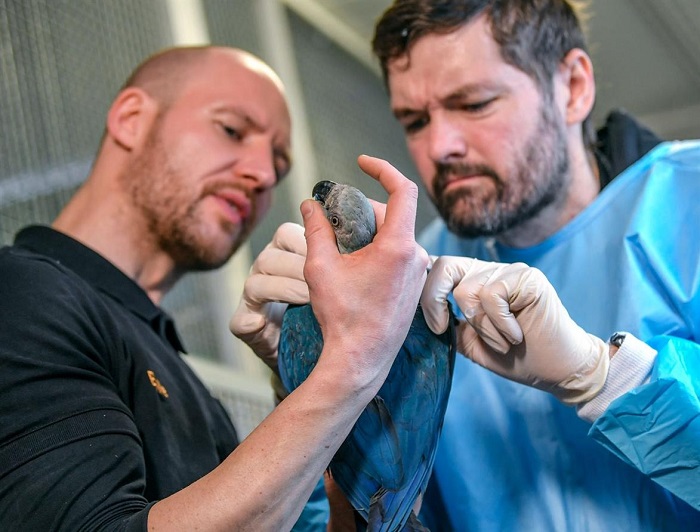
Reintroduction programs face many obstacles and are a long and difficult proposition. We wish this program well. It may take many years of strenuous effort to establish a self sustaining population.
Thought you might find this interesting…!
SHARE this Precious story with your friends and family!
